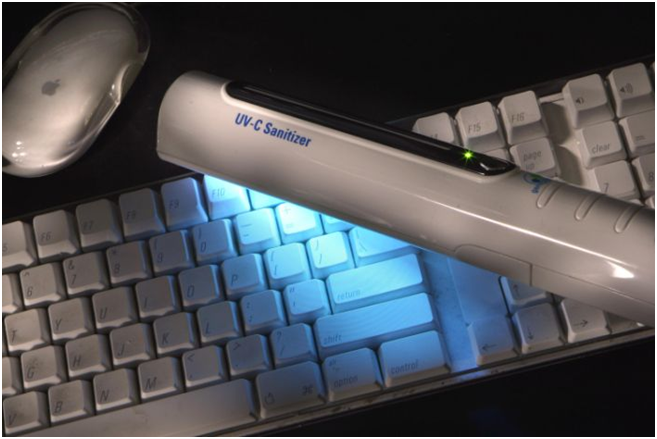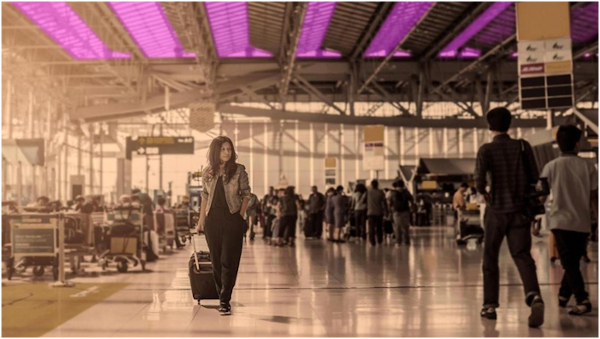
Charles R. Goulding and Preeti Sulibhavi dig into 3D printing and sanitizing efforts with UV light.
Ultra Violet Light (UVL) has long been used for nonhuman, infection-killing applications. Those applications include hospital and laboratory equipment as well as computer keyboards. The challenge for human-occupied areas is that UVL is a form of radiation that can cause skin cancer. Now, research is being conducted on new technology for use in human areas.Researchers have demonstrated that UVL can be used to disinfect surfaces and kill viruses in ambient air. This could be done in ways that can help reduce transmission of COVID-19 in public spaces. While scientists are still grappling with the question of how the virus spreads, a 2018 paper published in Scientific Reports revealed that “continuous very low dose-rate far-UVC light in indoor public locations is a promising, safe and inexpensive tool to reduce the spread of airborne-mediated microbial diseases.” The key lies within the wavelength frequency. The wavelength must be low enough that it does not penetrate the skin or the outer layer of the human eye while being strong enough to kill the virus. There is a delicate balance to be struck.
At Columbia University’s Center for Radiological Research in New York, Professor David Brenner feels that “far” UVL technology may be a game-changer. Brenner is a Professor in Radiation and Bio-Physics, as well as Director of the Center.
Brenner and his colleagues are experimenting with a low-dose form of UVL, known as UVC, to see if it would eradicate two types of airborne seasonal coronaviruses. The tests are using the light against the SARS-CoV-2 virus, and the team is seeing encouraging results. Previously, the team found this method to be effective in de-activating H1N1 influenza virus that is airborne. Multiple, long-term studies have confirmed that exposure to far-UVC does not damage human skin or eyes.
America’s leading University lighting expertise can be found at Rensselaer Polytechnic Institute’s Lighting Resource Center, which also focuses on UVL research and should be able to advance the state-of-the-art technology. RPI has put major efforts into getting the lighting and 3D printing industries to work together. This means that as UVL technology advances, both industries are well-positioned to design and produce the new volumes of UVL fixtures that can help kill viral infections.

New and improved products and processes develop safe, 3D printing UVL will often be R&D tax credit eligible.
The Research & Development Tax Credit
Enacted in 1981, the now permanent Federal Research and Development (R&D) Tax Credit allows a credit that typically ranges from 4%-7% of eligible spending for new and improved products and processes. Qualified research must meet the following four criteria:
- Must be technological in nature
- Must be a component of the taxpayer’s business
- Must represent R&D in the experimental sense and generally includes all such costs related to the development or improvement of a product or process
- Must eliminate uncertainty through a process of experimentation that considers one or more alternatives
Eligible costs include US employee wages, cost of supplies consumed in the R&D process, cost of pre-production testing, US contract research expenses, and certain costs associated with developing a patent.
On December 18, 2015, President Obama signed the PATH Act, making the R&D Tax Credit permanent. Beginning in 2016, the R&D credit has been used to offset Alternative Minimum Tax for companies with revenue below $50MM, and startup businesses can obtain up to $250,000 per year in cash rebates applied directly toward payroll taxes.
Light It Up
It is encouraging that a proven existing technology may be able to help with the COVID-19 “reopening” process. The lighting and the 3D printing industries should closely monitor these developments and prepare to offer their considerable expertise.
